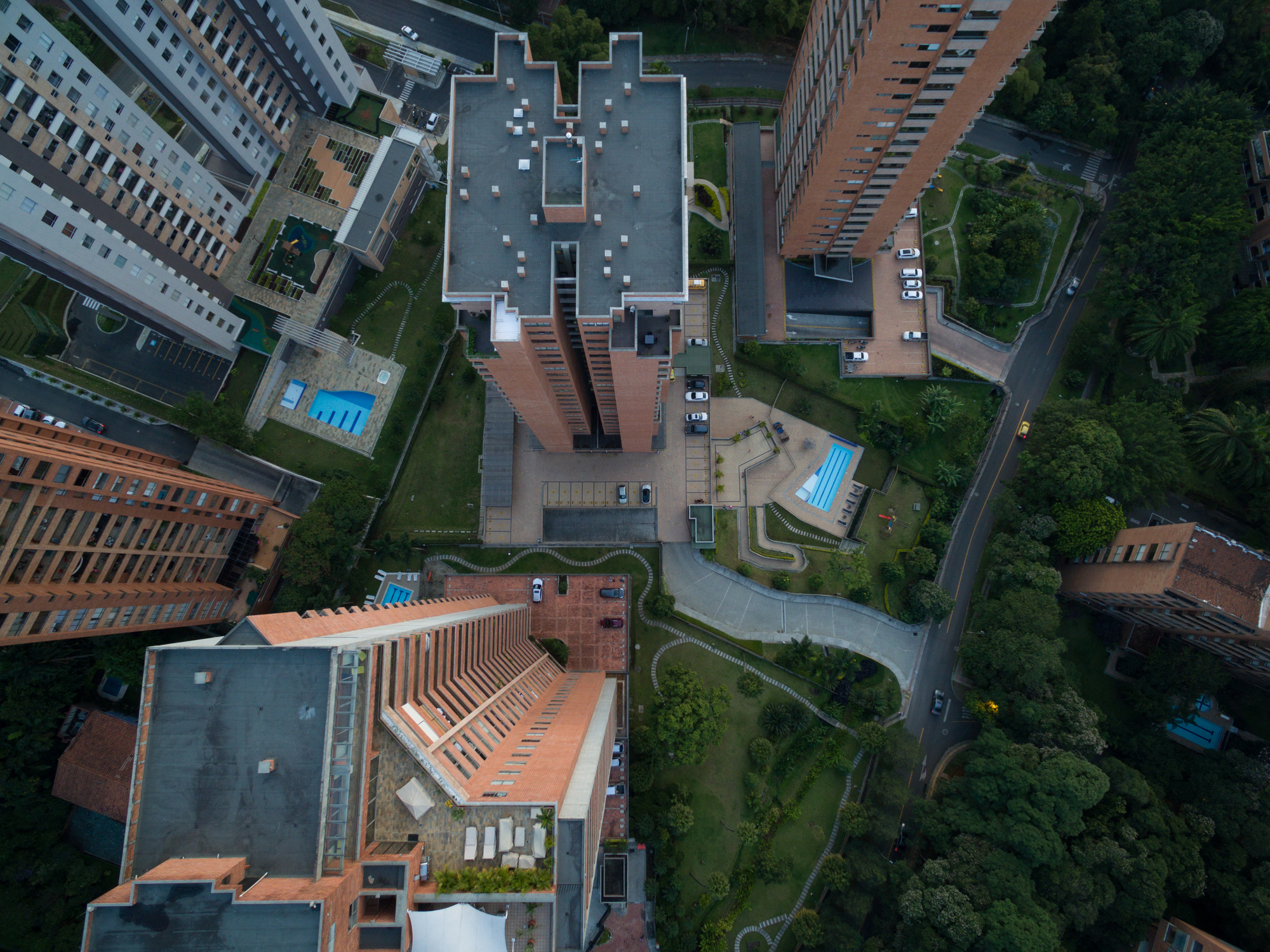Drone technology has opened up a new dimension for consulting engineering, specifically for those specializing in building and roof inspections. The technology that is just starting to appear on consulting engineering’s horizon allows for streamlining of buildings and exterior inspections and is also helping to alleviate multiple sources of risk. In addition, the use of drone technology while performing inspections is helping to produce more accurate data, specifically data not possible to obtain previously.
Modern generations of drones help consultants perform roof inspections in a reduced amount of time than previously required. Even simpler models of drones are allowing for pre-programmed flight paths, making field inspections as simple as hitting the “start” button. Most of the drones used to perform inspections support a live view and, when paired to a tablet or laptop, allow for marking the problematic zones on the spot. Such zones can be addressed later in detail, either by flying the drone closer or by inspecting the area in person. Even if there is a need for spot-check inspections in person, the risk exposure becomes a small fraction of what it would be for a regular inspection by foot, as the inspector would now spend all or most of their time on the ground. Utilizing drones for field inspections can minimize time spent on later data analysis and report writing as well. Additional software is available to automatically process photographs taken by a drone to create a high-resolution site plan, which can be tied down to GPS coordinates in case of an infrared (IR) inspection and can be overlaid with satellite photos for better resolution and easier visual analysis.
The latest drone technology allows users to move away from two-dimensional pictures to three-dimensional models. Post-processing software can be used to create accurate 3D models of buildings. When the exterior of a building needs to be assessed, the inspection from the ground level can be sufficient for low and some mid-rise buildings; however, there are a number of issues that arise with this method when it comes to inspecting high-rise buildings. An attempt to inspect a high-rise building exterior from the ground level can prove to be problematic due to limits regarding camera picture resolution and visibility of building elements. Many IR cameras lack optical zoom, which compromises the data accuracy further than a certain distance from the camera. There are additional problems presented by the skewed perspective when attempting to take photos from the ground level. Significant mobilization costs are required to perform detailed exterior inspections for high-rise buildings. For example, using a swing stage presents a variety of risks, requires a number of qualified personnel work hours and can constrain project time. Such problems can be avoided by using a drone, which is programmed to follow a spiralling path around the exterior of a building and takes dual visible light and IR photographs. Later, the photographs can be coupled with GPS and flight metrics data to create an accurate 3D model of the building, with all the problematic zones easily identifiable. Such data allows the consultant to evaluate the building’s exterior condition and quantify the extent of repairs required. Newer drone models come in progressively smaller dimensions, relying on superior processors and software rather than dimensions to stabilize and improve flight properties. The modular structure of modern drones allows for modifications of the drones themselves, which can be modified specifically for their respective task. These types of drones can be used for most buildings and roof assessments but do not require significant mobilization resources or extensive training for pilots.
The drone market is rapidly evolving to meet the new requirements of various industries. Today’s drone technology is progressing in two directions. The industrial sector of drone assessments calls for more robust, stable and weatherproof solutions for detailed inspections and lighter and more portable options for quick assessments. Newer model drones are easily adjusted toward specific applications and minimize risk exposure for the consultant. Given the evolution of modern-day drone technology, the ease of use and low mobilization requirements, drones are becoming an excellent addition to the buildings and roof inspection toolbox.
